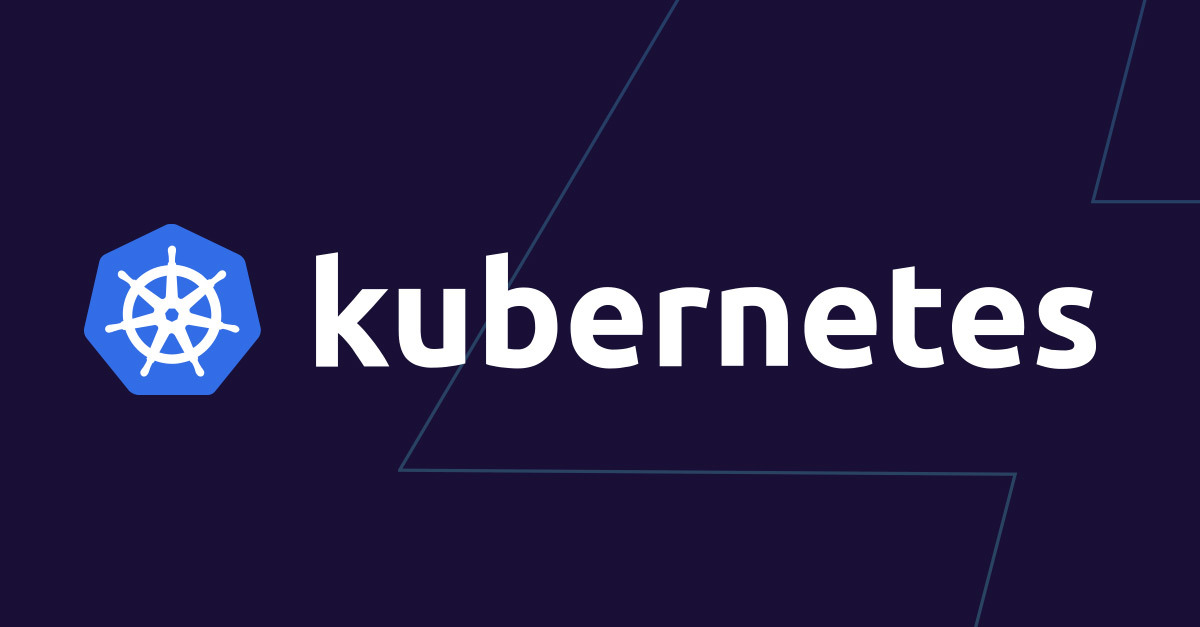How Parallel Jobs Work
Parallel Jobs in Kubernetes are configured with a completions and/or parallelism setting, which define how many pods should run in parallel and how many successful completions are required for the Job to be considered complete:
- Completions: This setting specifies the total number of times the Job should complete successfully. For instance, if
completionsis set to 10, Kubernetes will run the Job until 10 successful executions are achieved. - Parallelism: This setting determines how many pods should run concurrently. For example, if
parallelismis set to 3, Kubernetes will run up to three pods at the same time to complete the task.
By adjusting these settings, Kubernetes orchestrates the parallel execution of pods, enabling workloads to complete more quickly by processing tasks simultaneously.
Key Types of Parallel Job Execution
There are two main approaches for configuring parallelism in Kubernetes Parallel Jobs:
- Fixed Completion Count: When both
completionsandparallelismare defined, the Job will launch pods up to the specifiedparallelismvalue, running concurrently until thecompletionstarget is reached. Each pod runs an independent instance of the task. - Work Queue Pattern: When only
parallelismis specified andcompletionsis left unset, the Job creates a set of pods that continuously pull tasks from a shared work queue. This pattern is useful for distributed processing where each pod pulls and processes items from a central queue, allowing Kubernetes to scale the Job based on the workload.
Example Configuration of a Parallel Job
Here’s an example of a Parallel Job configuration with a fixed completion count:
apiVersion: batch/v1
kind: Job
metadata:
name: parallel-job-example
spec:
completions: 10 # Total of 10 successful completions required
parallelism: 3 # Run up to 3 pods concurrently
template:
spec:
containers:
- name: worker
image: busybox
command: ["echo", "Running parallel job task"]
restartPolicy: OnFailure
In this example:
completionsis set to 10, so Kubernetes will run the Job until 10 successful executions are achieved.parallelismis set to 3, meaning that up to three pods will execute concurrently at any given time.
This setup distributes the task across multiple pods, allowing them to run simultaneously, which can reduce the overall time required to complete the Job.
Use Cases for Parallel Jobs
Parallel Jobs are well-suited for tasks that can be divided into smaller, independent units that benefit from concurrent execution. Common use cases include:
- Batch Data Processing: Processing large datasets by dividing them into smaller chunks, where each pod handles a subset of the data.
- Simulations and Scientific Computations: Running multiple simulations in parallel to generate results faster or perform different calculations simultaneously.
- Image or Video Processing: Parallelizing tasks like encoding, rendering, or transformation, with each pod handling a separate file or segment of data.
- Work Queue Processing: Using a work queue model, where each pod pulls tasks from a shared queue, such as processing messages from a queue in a distributed system.
Benefits of Parallel Jobs
- Increased Efficiency: By running multiple pods at the same time, Parallel Jobs reduce the time required to complete large-scale tasks.
- Scalability: Parallel Jobs allow Kubernetes to scale processing power as needed by adjusting the number of pods, making it easy to handle workloads of varying sizes.
- Resilience: Parallel Jobs can be configured to retry failed pods individually, increasing the likelihood of overall task completion without restarting the entire Job.
Limitations of Parallel Jobs
- Resource Contention: Running multiple pods concurrently can lead to resource contention if the cluster does not have enough CPU, memory, or storage to support high levels of parallelism.
- Complex Coordination: Managing dependencies between pods can be challenging, particularly if tasks require coordination or data sharing. Tasks that are not fully independent may require additional setup.
- Overhead: Managing large numbers of pods can add overhead to the cluster, particularly if the tasks are lightweight and result in excessive pod creation and deletion.



